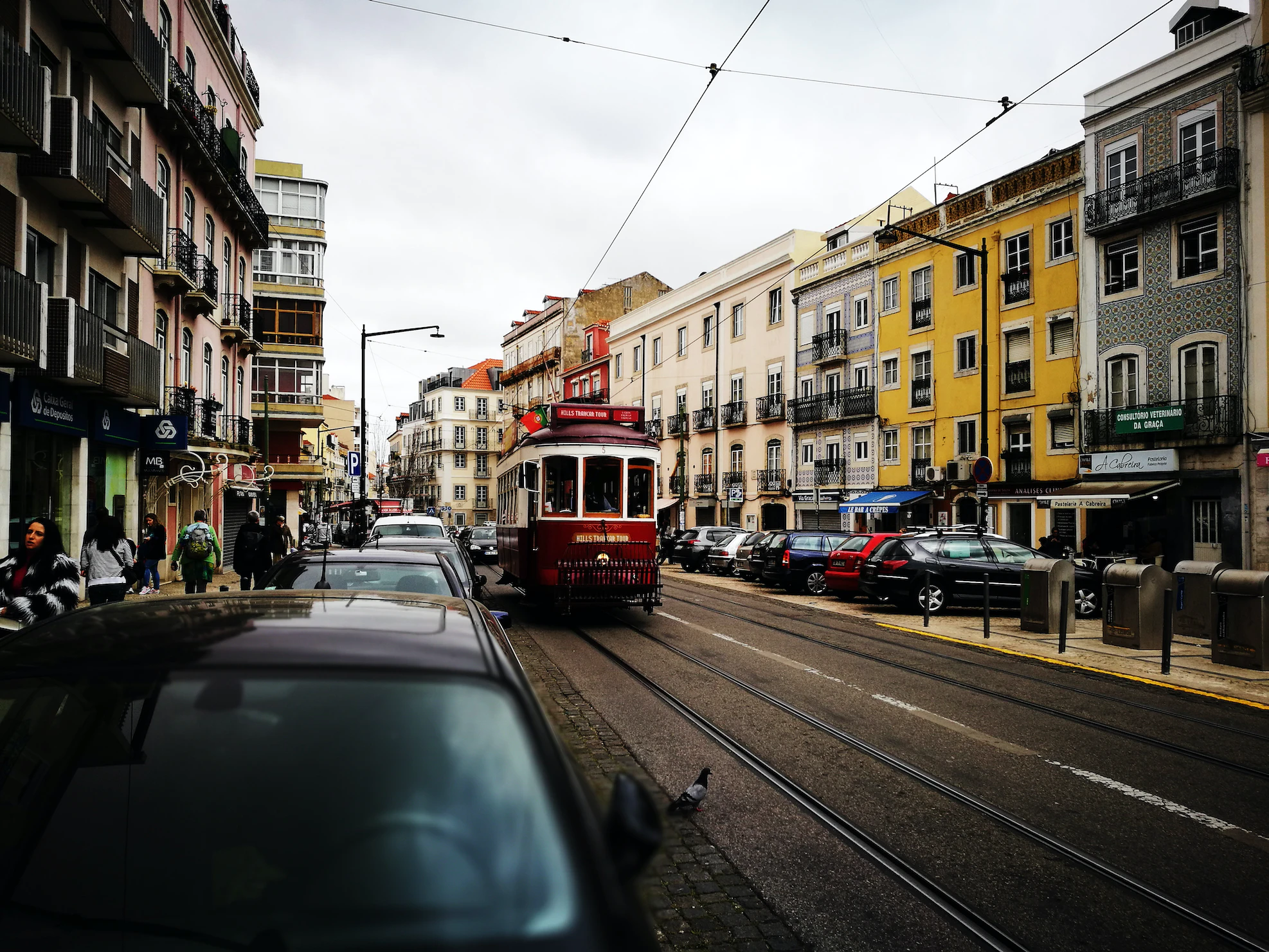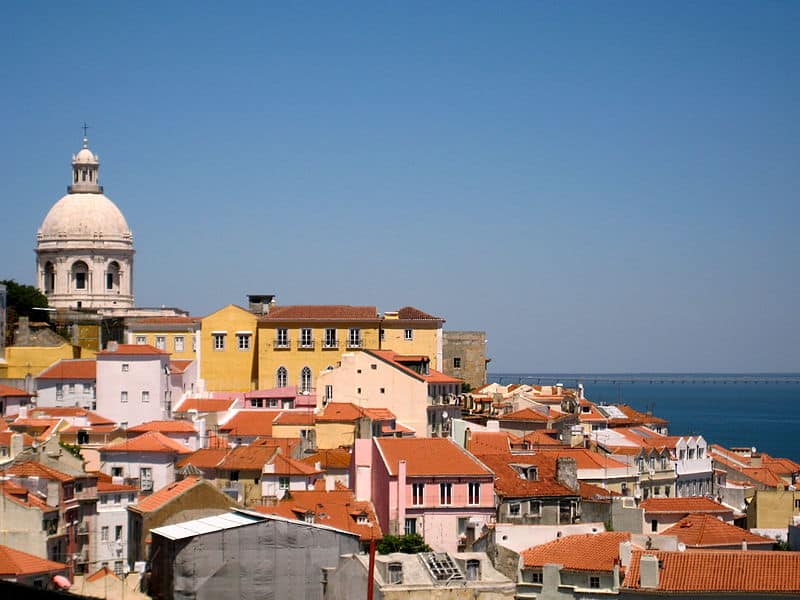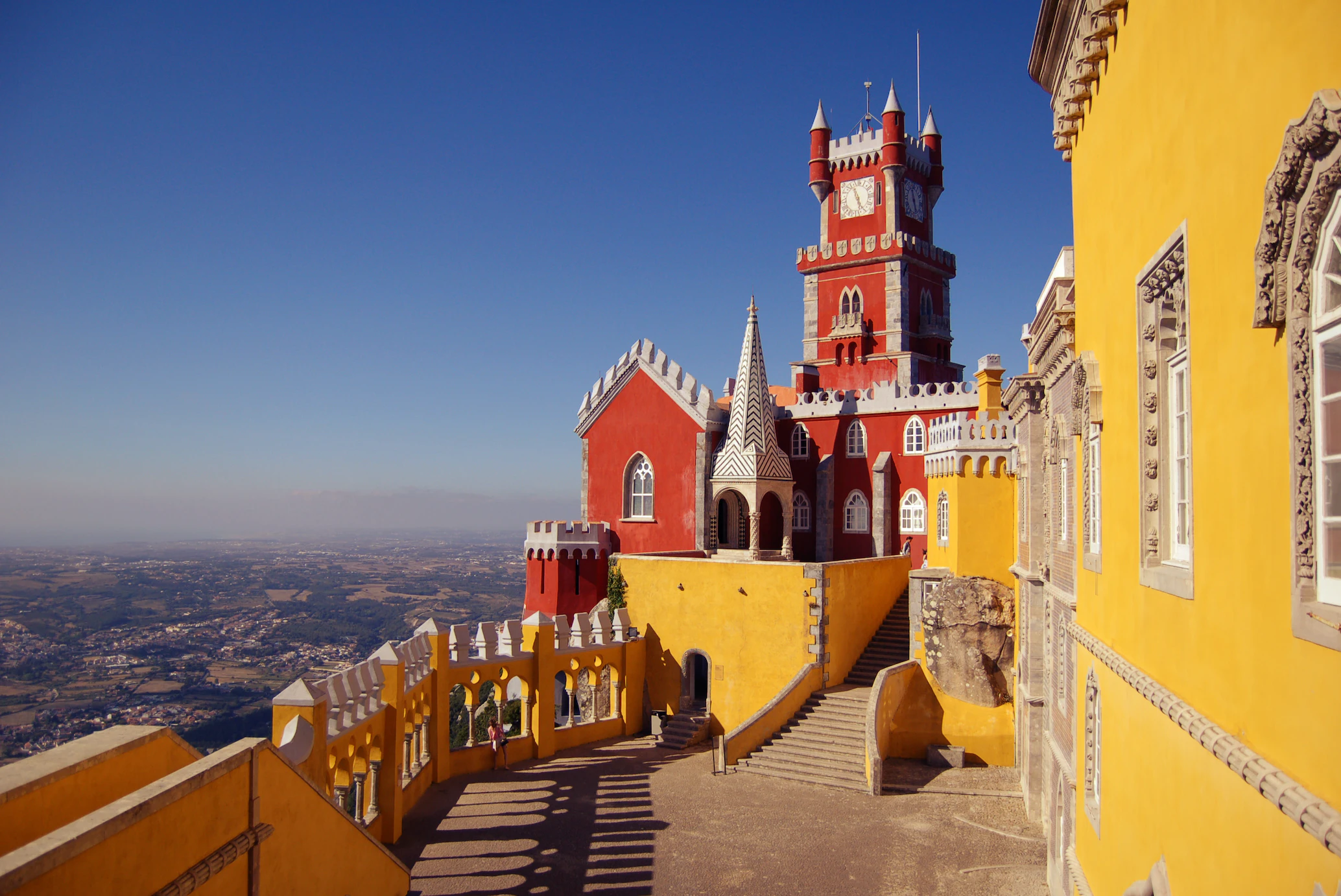Lisbon is on the rise, heralded as a major European metropolis on par with London. The vast palaces and cultural areas are brimming with stories of the city’s rich past, from Roman imperialists to exotic Berber pirates, from Moorish architects to ferocious Reconquista knights. This place likewise exudes an air of bohemian cool and the excitement of the unexpected.
The Bairro Alto neighborhood is teeming with bars, cafes, and restaurants open late for those searching for a lively night out. Then, you may visit the Lisbon Aquarium to get up and personal with a grimacing shark or the Berardo Collection Museum to see the newest digital installation art. Meanwhile, the famed mystical town of Sintra is tucked away in the neighboring hills. The peninsulas along the Tagus Estuary and Atlantic Coast are replete with miles upon miles of unspoiled coastline.
Belém
 On the water’s edge, Belém is a historic district in Lisbon that is home to some of the city’s most notable landmarks, museums, and the world-famous Pasteis de Belém café. The Belém district is home to many famous landmarks, including the Jerónimos Monastery, the Belém Tower, the Monument to the Discoveries, the Belém Palace (the official house of Portugal’s president), the Coleço Berardo Museum, and a variety of beautiful gardens.
On the water’s edge, Belém is a historic district in Lisbon that is home to some of the city’s most notable landmarks, museums, and the world-famous Pasteis de Belém café. The Belém district is home to many famous landmarks, including the Jerónimos Monastery, the Belém Tower, the Monument to the Discoveries, the Belém Palace (the official house of Portugal’s president), the Coleço Berardo Museum, and a variety of beautiful gardens.
The Discoveries Monument is a stunning reminder of Belém’s significance as a favorite departure point during the Age of Discoveries. Historical figures like Vasco da Gama, the first European to sail straight to India, and Ferdinand Magellan, the first European to complete a round of the globe, both set sail from Belém. Columbus stopped here on his journey back to Spain from the Americas.
Ride Tram 28
 Like San Francisco, Lisbon is well-known for its old, clattering tram lines. The Tram 28, which has been making its way up the narrow, steep streets of the historic Alfama quarter for decades, is the most well-known. The trip begins at the foot of the palm tree-studded slopes of Graça, winds through the twisting streets of Escolas Gerais, and ends under the glistening domes of the Estrela Basilica. The views out the window are unparalleled, and you can learn about the region’s rich history as you go past magnificent palaces and castles.
Like San Francisco, Lisbon is well-known for its old, clattering tram lines. The Tram 28, which has been making its way up the narrow, steep streets of the historic Alfama quarter for decades, is the most well-known. The trip begins at the foot of the palm tree-studded slopes of Graça, winds through the twisting streets of Escolas Gerais, and ends under the glistening domes of the Estrela Basilica. The views out the window are unparalleled, and you can learn about the region’s rich history as you go past magnificent palaces and castles.
Alfama
 Since Alfama is somewhat steep, some visitors take Tram 28 through the area. However, a trip to Alfama is necessary if you walk the neighborhood, burn some calories, or take Tram 28 and deal with the crowds. Dating back to the Moors, Alfama is known for its winding, cobblestone lanes that are home to scores of unique businesses, intimate eateries, and traditional Fado clubs. In addition to St. George’s Castle, Sé Cathedral, and Feira de Ladra, Alfama is home to several more tourist hotspots in the city.
Since Alfama is somewhat steep, some visitors take Tram 28 through the area. However, a trip to Alfama is necessary if you walk the neighborhood, burn some calories, or take Tram 28 and deal with the crowds. Dating back to the Moors, Alfama is known for its winding, cobblestone lanes that are home to scores of unique businesses, intimate eateries, and traditional Fado clubs. In addition to St. George’s Castle, Sé Cathedral, and Feira de Ladra, Alfama is home to several more tourist hotspots in the city.
Tourists flock here because they have heard that this is the ideal area in Lisbon to experience the city’s legendary charm (and some street art). It’s been said by tourists that the neighborhood is best explored at a leisurely pace since it’s the kind of place where it’s easy to become disoriented. Don’t worry about finding your way. Just let yourself roam the neighborhood’s vibrant alleys, have a drink in an alleyway, or visit one of the numerous vantage points, such as the Miradouro de Santa Luzia or the Miradouro Sophia de Mello Breyner Andresen.
Sintra
 Sintra, approximately 20 miles northwest of downtown Lisbon, has been celebrated in literature by luminaries such as the British poet Lord Byron and the Portuguese poet Luis Vaz de Cames, who both praised the area, with Byron calling it a “beautiful Eden.” The little city is a real paradise on earth, its hills covered in lush foliage and dotted with mansions straight out of a fairy tale. Queen Maria II and her husband commissioned the construction of the vibrant Park and National Palace of Pena as a vacation for the two of them. The Monserrate Palace, the Castle of the Moors, and the Quinta da Regaleira are well worth seeing, as is the Sintra National Palace, whose azulejo-decorated interiors make up for its bland exteriors.
Sintra, approximately 20 miles northwest of downtown Lisbon, has been celebrated in literature by luminaries such as the British poet Lord Byron and the Portuguese poet Luis Vaz de Cames, who both praised the area, with Byron calling it a “beautiful Eden.” The little city is a real paradise on earth, its hills covered in lush foliage and dotted with mansions straight out of a fairy tale. Queen Maria II and her husband commissioned the construction of the vibrant Park and National Palace of Pena as a vacation for the two of them. The Monserrate Palace, the Castle of the Moors, and the Quinta da Regaleira are well worth seeing, as is the Sintra National Palace, whose azulejo-decorated interiors make up for its bland exteriors.
The city’s colonial past, elaborate architecture, and Fado music culture perhaps bring the most attention to Lisbon. However, some of its greatest qualities may be found in its daily life: stunning views from the city’s hilltops in Alfama and at St. George’s Castle; comfortable weather; and kind, welcoming residents. Lastly, read more about travel around the world here.



